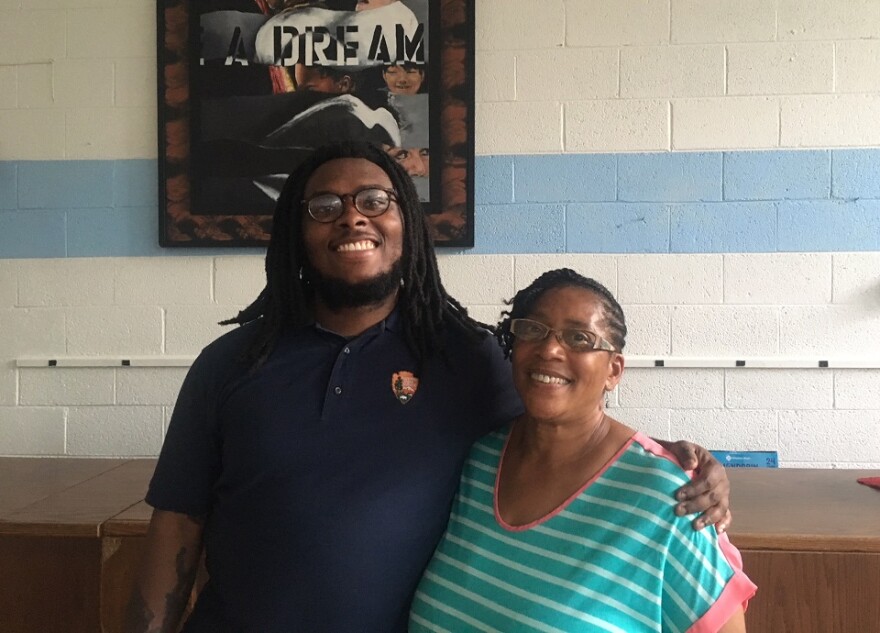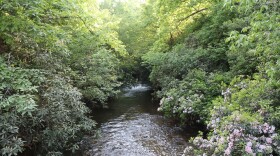The Great Smoky Mountain National Park is the most visited park in the country. But all those visitors are not seeing its full history according to the park service.
Ranger Susan Sachs tells a packed room at a community center in Waynesville that the park has done a good job telling the stories of white settlers in the park and some Cherokee history but they have left out the stories of African Americans.

“We are trying to encourage people to see themselves in the park and if we tell the stories of all people then they can say,’hey, this is my place. I’m welcome here,” says Sachs.
Sachs has worked for the park service for over 20 years. She says they are gathering oral histories of African Americans who visited the park. They’re also looking into the history before the park was founded such as anunmarked cemetery of enslaved people in Swain County.
PhD student Adam McNeil is working with the park to collect these stories. This research might become his thesis at Rutgers University. McNeil explains that while the Smokies was never in the Green Book, a guide for black travelers that started in the 1930s, the stereotype that black people don’t camp needs to change.
“The outdoors have historically been a place of work not a place of recreation so hopefully this project can be a catalyst for folks – for African Americans – to feel like they are a part of the outdoors,” says McNeil.
McNeil presented a slideshow of historical documents such as tallies of the number of people enslaved in Jackson and Haywood counties in 1860. Almost 700 people were owned by over 100 enslavers. He also showed a memo denying a request for a segregated campground in 1941.

In the Q&A after the presentation, locals explained that they are descendents from African Americans who were enslaved in the region - and those who owned slaves.
Lin Forney is director at the Pigeon Community Multicultural Development Center where the meeting took place. Her family goes back generations in Waynesville. She says when she sees the last name “Forney” on roads and ridges in the region she knows that land was owned by the people who enslaved her husband’s family.
She hopes events like this remind people that there have always been black people in Western North Carolina.
“This kind of work and these kinds of events give people a platform to talk about this where they don’t usually get to everyday,” says Forney.
The park service also held an event on the Tennessee side of the park.





